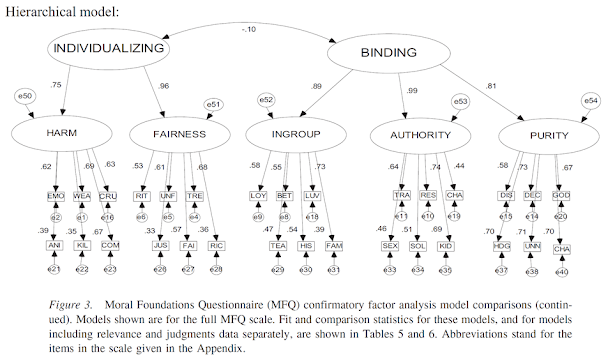Family Code 6320 and Domestic Violence / Intimate Partner Violence Through Unique Means
I’ve been participating in the Child Custody Evaluator Annual DV / IPV update with Dr. Love today: Family Code 6320 now has new categories of disturbing the peace / coercive control over various types but also Pet Abuse, Technology Facilitated Abuse and Reproductive Coercion—see the language at Family Code 6320 in the link below: Family Code 6320 Here’s a couple of new terms for you: Stealthing: “wen a partner secretly removes a condom during sex without the other person’s consent”; Fraping: “unauthorized alteration of information on a person's online social media profile by another person.”
